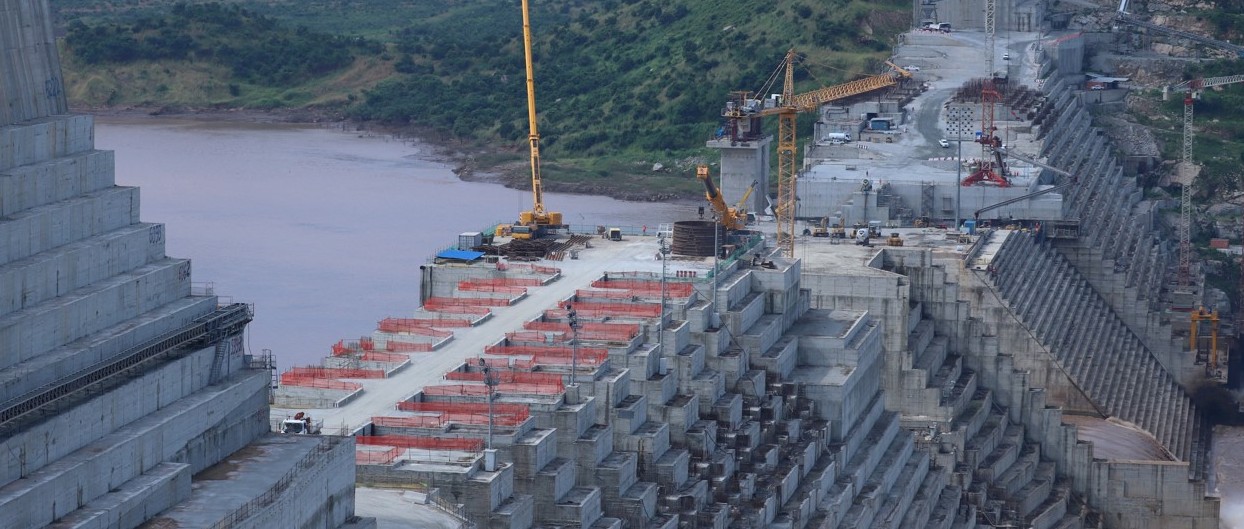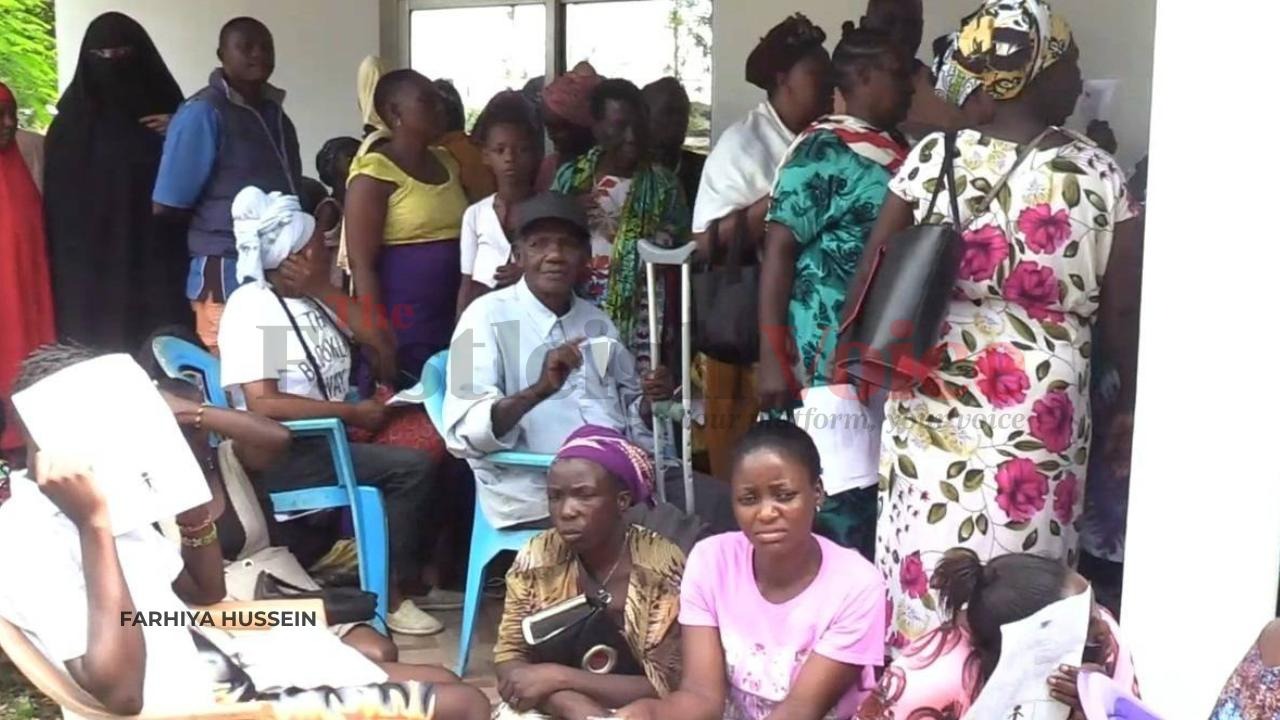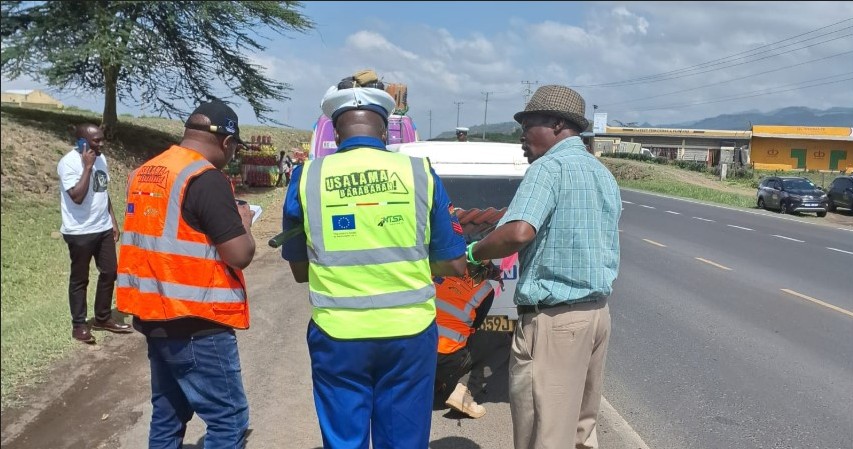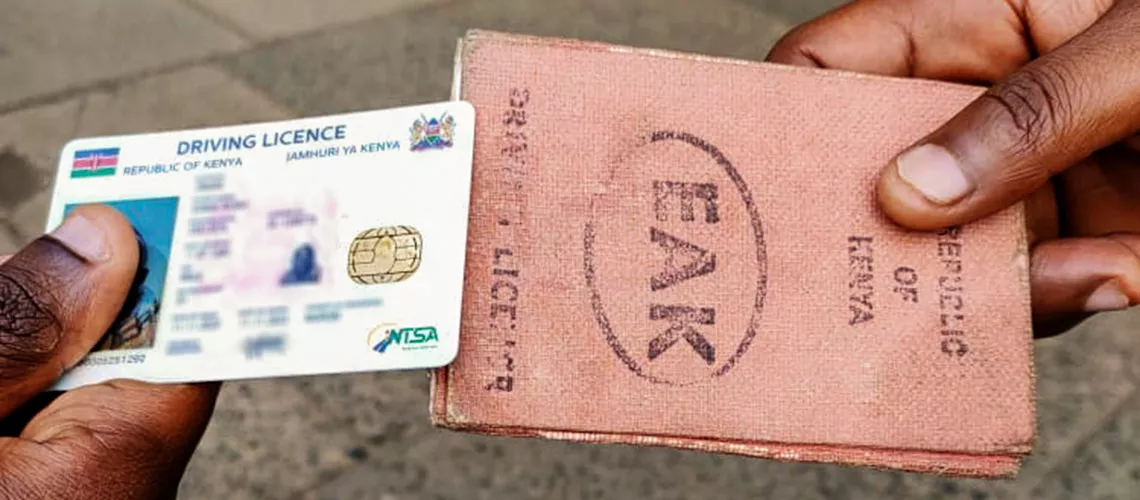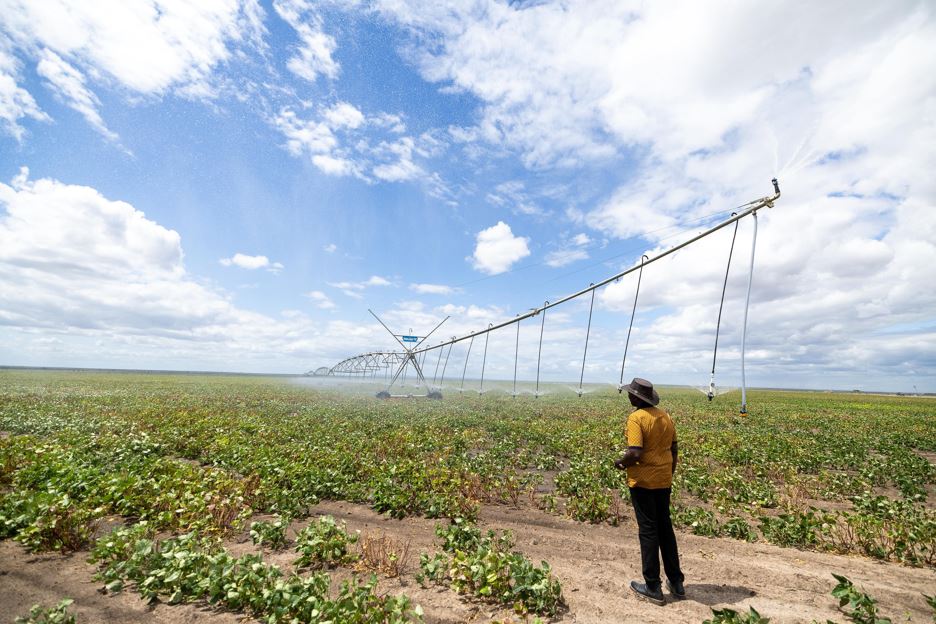Food insecurity in Africa persists as poor infrastructure hampers supply chains – World Bank

In its report titled "Transport Connectivity for Food Security in Africa", the World Bank notes that although food production has increased over the years, millions of people across the continent still face hunger.
Poor road networks, seaports, and storage infrastructure are hindering Africa’s progress in tackling food insecurity, the World Bank has warned.
In its report titled "Transport Connectivity for Food Security in Africa", the global lender notes that although food production has increased over the years, millions of people across the continent still face hunger.
More To Read
- World Bank unveils Sh16.5 billion initiative to empower Kenya’s vulnerable groups
- Food security in Africa at risk without increased agriculture budgets, ministers warn
- Treasury CS John Mbadi explains why State shunned subsidy as fuel prices hike
- World Bank assures Kenya’s debt sustainable if properly managed
- Agriculture CS Kagwe pushes for leasing of idle public land to curb reliance on food imports
- KNH invests Sh7.6 million in solar energy to lower electricity bills
The report attributes this to major infrastructure gaps, compounded by the effects of climate change and a rapidly growing population.
“Poor transport connectivity, failures at critical ports and border crossings, and high trade costs create long food supply chains that fail to reliably get staple products to people,” the report reads.
The study shows that although food production in Africa has grown by 160 per cent since the early 1990s, nearly 60 per cent of the continent’s population continues to experience some level of food insecurity.
Between 2014 and 2023, agricultural productivity rose by 20 per cent, yet the number of people affected by food insecurity increased by 60 per cent over the same period, the report notes.
Heavy reliance on imports
Despite these gains, the World Bank points out that many African countries still struggle to produce enough food to meet domestic demand, leading to a heavy reliance on imports.
The report focuses on four key staple crops—maize, cassava, wheat, and rice—which together make up 45 per cent of food consumed across the continent.
Africa currently imports more than 30 million tonnes of maize annually, 60 million tonnes of wheat, and over 35 million tonnes of rice.
“A large portion of these commodities are imported from Europe, South Asia, and elsewhere, making transport a pivotal component in helping to address the challenges of food insecurity in Africa,” the World Bank says.
However, poor infrastructure continues to hinder the timely delivery of food commodities to the populations that need them most.
According to the World Bank, many ports across Africa struggle with outdated logistics systems and limited capacity, leading to delays and increased costs.
These shortcomings are especially critical for food supplies, as many ports lack the necessary facilities and equipment to efficiently handle agricultural goods, the report notes.
“Imports of wheat, rice and maize account for some 125 million tons of imports into Africa every year, yet much of this critical food does not reach its final destination,” the report reads.
Seaports
Seaports facilitate 14 per cent of all food imports and trade across Africa, including 22 per cent for landlocked nations and 37 per cent for the continent’s lowest-income countries.
When it comes to road transport, the World Bank highlights that poor infrastructure often results in excessively long and inefficient routes, severely limiting the amount of food that ultimately reaches households.
On average, food travels more than 4,000 kilometres and takes 23 days to reach consumers across Africa—four times longer than in Europe.
These road network challenges are most acute in low-income countries, where communities face the greatest risk of food insecurity.
“Dilapidated roads, poor transportation networks, and inadequate or unavailable storage facilities limit the ability of farmers to get their products to market and hinder consumers’ ability to access affordable food.”
Insufficient storage infrastructure, associated with food loss, creates another layer of complications.
Food losses in Africa remain alarmingly high, the report says in part.
“Inadequate storage, poor transport networks, and inefficient logistics means that an estimated 20 per cent of cereals, 25 per cent of rice and maize, and as much as 40 per cent of fruits and vegetables are lost around Sub-Saharan Africa.”
Additionally, estimates show that the quantity of cassava, maize, rice and wheat lost each year rose from 22.5 million tonnes in 2010 to 33.8 million tonnes in 2022, equivalent to 30 per cent of imports of those commodities.
Top Stories Today





